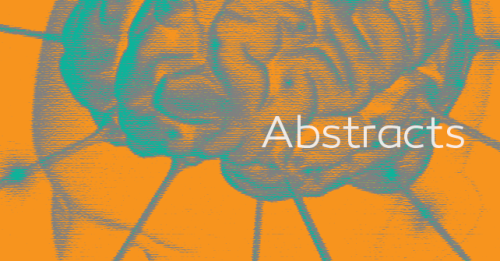Abstract
To determine the effects of antiepileptic drug compounds on glioblastoma cellular growth, we exposed glioblastoma cell lines to select antiepileptic drugs. The effects of selected antiepileptic drugs on glioblastoma cells were measured by MTT assay. For compounds showing significant inhibition, cell cycle analysis was performed. Statistical analysis was performed using SPSS. The antiepileptic compounds selected for screening included carbamazepine, ethosuximide, gabapentin, lamotrigine, levetiracetam, magnesium sulfate, oxcarbazepine, phenytoin, primidone, tiagabine, topiramate, valproic acid, and vigabatrin. Dexamethasone and temozolomide were used as a negative and positive control respectively. Our results showed temozolomide and oxcarbazepine significantly inhibited glioblastoma cell growth and reached IC50 at therapeutic concentrations. The other antiepileptic drugs screened were unable to reach IC50 at therapeutic concentrations. The metabolites of oxcarbazepine were also unable to reach IC50.Dexamethasone, ethosuximide, levetiracetam, and vigabatrin showed some growth enhancement though they did not reach statistical significance. The growth enhancement effects of ethosuximide, levetiracetam, and vigabatrin found in the study may indicate that these compounds should not be used for prophylaxis or short term treatment of epilepsy in glioblastoma. While valproic acid and oxcarbazepine were effective, the required dose of valproic acid was far above that used for the treatment of epilepsy and the metabolites of oxcarbazepine failed to reach significant growth inhibition ruling out the use of oral oxcarbazepine or valproic acid as monotherapy in glioblastoma. The possibility of using these compounds as local treatment is a future area of study.


